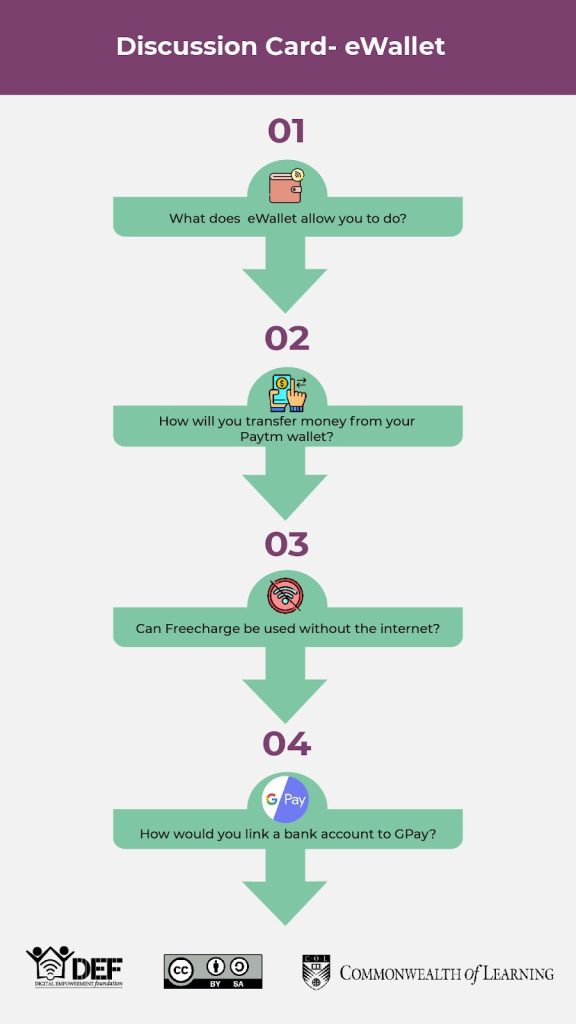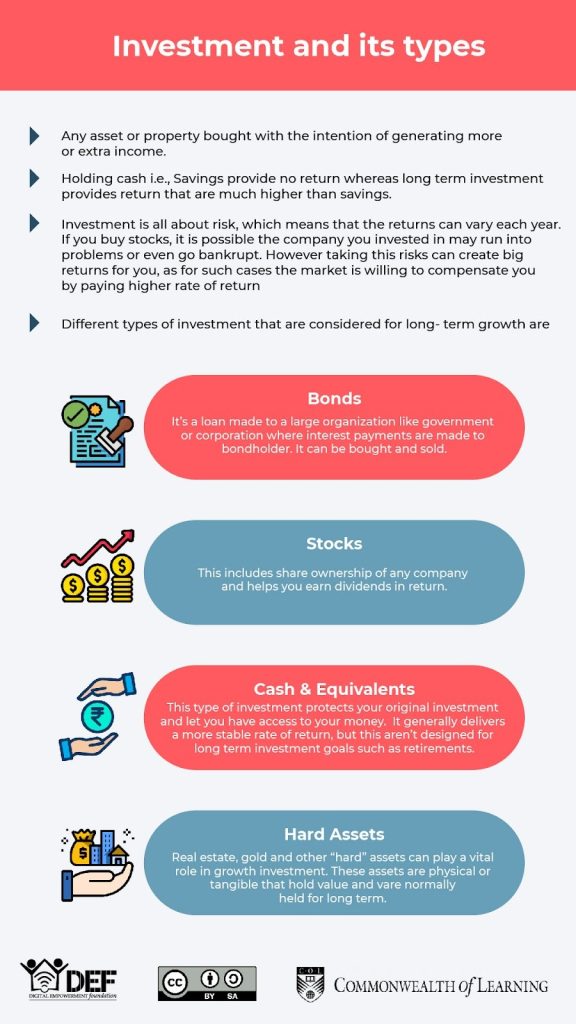
Until a few months back, Kalawati, a housewife from rural Ajmer, would mostly watch videos and reels on her son’s smartphone. Like her, many rural women across the country are made to hear, “Phone to mardon ke liye hota hai. Aurton ke haath me phone aye toh bas bigadne ka darr satane lagta hai” (Phones are meant for men—when a woman gets a phone, there is a fear of her going astray). Women’s smartphone usage remains highly surveilled and policed by male family members, making it a patriarchal tool for social control. As per the Nielsen India Internet Report 2023, about 177 million women use the internet in rural India, of which 39% access it through shared devices due to low rates of personal smartphone ownership among women.
Moreover, today’s rapidly digitalising world can become intimidating due to the sheer technicalities, ‘smartness’, and digital acumen required for effectively navigating this space. A GSMA Mobile Gender Gap Report (2023) highlights that South Asian women are 41% less likely than men to use mobile internet due to lack of digital skills. This knowledge gap isolates them, availing a host of digitally mediated citizen services like financial services, government welfare schemes, and educational resources, reinforcing their dependence on male family members.
But times are changing. Today, AI chatbots hold immense potential to bridge the gendered digital divide and make the most of shared digital devices. And this can be done in the most non-techy way, as Digital Empowerment Foundation’s newest innovation proves.
This Women’s Day, meet ‘DiDi,’ a catchy short form for DigitalDidi – that promises to be an ally for digital empowerment to thousands of rural women. Developed by DEF, it is an AI-powered chatbot that interactively teaches registered women members at their own pace and guides them through the fundamentals of Critical Digital Literacy and Digital Financial Literacy. DiDi acts as a 24×7 personal digital companion tutor, offering discreet, self-paced learning in local languages—teaching women how to navigate digital spaces from scratch. This bot has the provision to be integrated with human intervention to resolve issues when the database does not have ready replies to the queries posed by the users or learners. The best part of the chatbot is the cost-effective way it allows scope for multiple times of training, learning and retraining as per the needs of individual learners, by taking the user through segments like – Learner Pre-assessment, Course modules with sub-themes, Learner Post-assessment and Certification.
The learning modules, which can be accessed offline once downloaded, include step-by-step guide, for actions, taken for granted otherwise by an urban user – like setting up a phone, using applications for writing emails, G-suite applications, messaging apps, sharing photos, making digital payments, accessing government schemes, managing finances, and even exploring online entrepreneurship by availing online investment and loan opportunities. It further uses illustrations to pictorially showcase the ways of accessing ATMs for electronic transactions (transfer and withdrawals), using digital payments, maintaining e-wallets, decoding types of insurances, forms of investment (deposits, mutual funds, provident funds, bonds, stocks) as well as the concept and applications of plastic money. All of it comes in superb graphics, with a dash of colours and symbols – that familiarises women regarding how the ‘digital’ looks, feels and comes into use. Motivation and engagement remain high with voice lessons, discussion cards with picture guides, and quizzes that feel like games. Its user-friendly interface and conversational approach make digital literacy and financial independence more accessible for women like Kalawati.
 Fig. 1 Screenshot of a Quiz on – Basics of Smartphone under Digital Literacy Module
Fig. 1 Screenshot of a Quiz on – Basics of Smartphone under Digital Literacy Module
 Fig 2. A Step-by-Step Guide on Writing Emails under Digital Literacy Module
Fig 2. A Step-by-Step Guide on Writing Emails under Digital Literacy Module
 Fig 3. A discussion card on the use of e-wallets under the Digital Financial Literacy Module
Fig 3. A discussion card on the use of e-wallets under the Digital Financial Literacy Module
 Fig 4. A lesson on Investments under the Digital Financial Literacy Module
Fig 4. A lesson on Investments under the Digital Financial Literacy Module
So far, nearly 971 rural women have registered on DiDi, mostly from marginalised social groups like SCs, STs, OBCs, and BPL households. And, beating the usual perceptions of rural women’s high drop-out rates, nearly 123 women have received certificates upon successfully completing these courses.
Unlike traditional learning spaces, AI chatbots like DiDi can help bypass societal gatekeeping, providing information without fear of surveillance or judgment and make learning tech, a field often considered tough, ‘manly’ stuff, fun! Digital Didi puts knowledge directly into the hands of rural women, empowering them to break cycles of dependency, enhance self-esteem, economic participation, and gradual social transformation—one digital lesson at a time.
According to Saurabh Srivastava, Deputy Director at DEF, the DiDi AI Chatbot enjoys a wide range of content developed with the support from various CSR organisations including Commonwealth of Learning. Besides, the organisation is also building a huge database of content by recording learners’ experiences and their content contribution so that in future, DiDi AI Chatbot provides maximum solutions through its own database rather than passing on to human intervention.
To check out the AI-chatbot, DiDi, you can click here:










